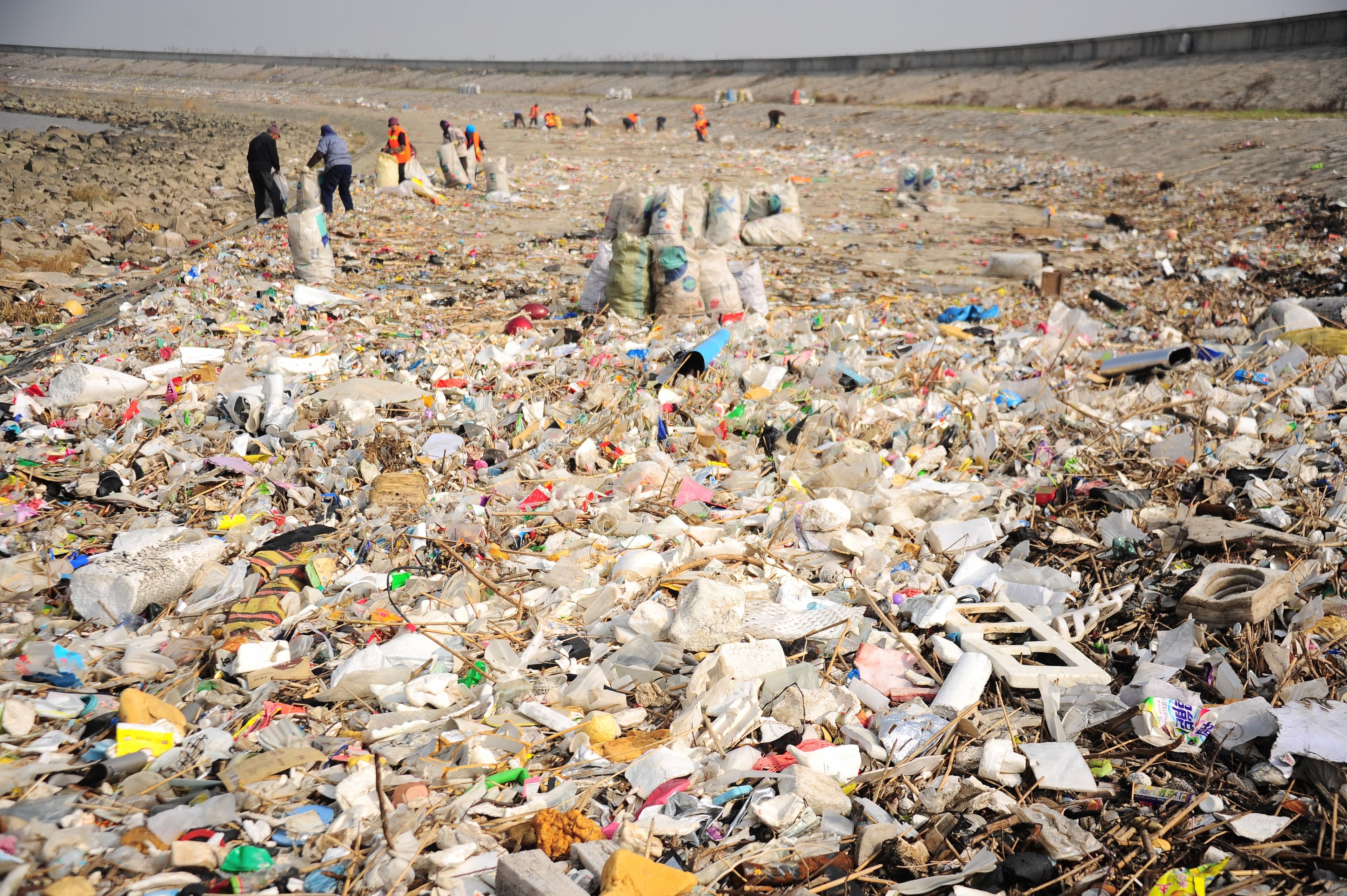Updated Research: Over 1,000 Rivers Now Account for 80% of Global Riverine Plastic Emissions

A recent social media post by "Amazing Maps" claiming that "95% of ocean plastic originates from these 10 rivers" has brought renewed attention to the sources of marine plastic pollution. While this statistic, widely circulated since 2017, highlights a critical environmental issue, more recent scientific findings offer a significantly updated and nuanced understanding of riverine contributions to ocean plastic.
The original claim largely stems from a 2017 study led by Christian Schmidt of the Helmholtz Centre for Environmental Research. This research identified 10 major rivers—eight in Asia (including the Yangtze, Ganges, and Mekong) and two in Africa (the Nile and Niger)—as responsible for 88% to 95% of the river-borne plastic entering the world's oceans. The study emphasized that high population densities in the river basins and inadequate waste management systems were primary drivers of this pollution.
However, subsequent research, particularly a 2021 study by Lourens Meijer et al. published in Science Advances, has refined this understanding. This updated analysis, which utilized higher-resolution modeling and more extensive field observations, found that over 1,000 rivers are collectively responsible for 80% of global riverine plastic emissions. The study indicated that the 10 rivers previously identified now account for a much smaller proportion, around 18%, of this specific type of pollution.
The newer findings highlight that smaller, urban rivers play a more substantial role than previously recognized. The top contributors are now predominantly located in Southeast Asia, with seven of the top ten rivers identified in the Philippines, two in India, and one in Malaysia. The Pasig River in the Philippines, for instance, alone accounts for 6.4% of global river plastics. Key factors contributing to high emissions from these rivers include poor local waste management practices, the close proximity of dense urban populations to river systems, high precipitation rates that wash plastic into waterways, and the short distance of these rivers to coastlines.
This evolving scientific consensus underscores that tackling ocean plastic pollution requires a broader, more distributed approach to waste management. While developed nations contribute less directly to riverine plastic emissions due to more robust waste infrastructure, their role in supporting improved waste collection and recycling systems in high-contributing regions is crucial. Addressing the global plastic crisis necessitates comprehensive strategies that extend beyond focusing on a limited number of large rivers.